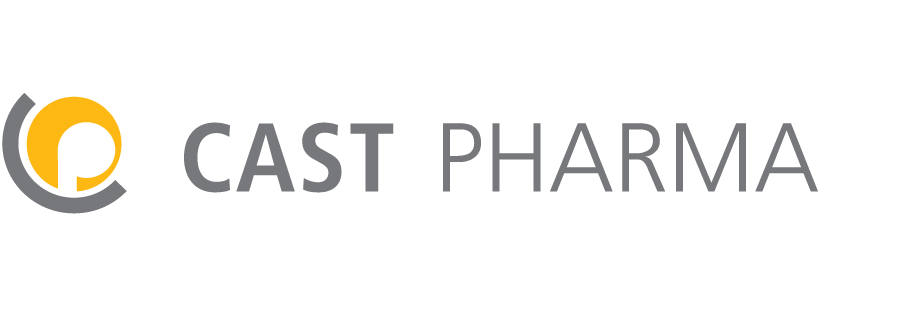Self-directed learning with PowerPoint: visually appealing and cost effective
Training for Medical Affairs is always challenging—particularly in the onboarding phase, when employees with different knowledge levels start their jobs at different points in time. For this situation, self-directed learning tools have clear advantages. Your employees can acquire the necessary knowledge on their own. If there is only a small target audience or your company does not have a learning management system (LMS), PowerPoint could be the solution.
Everybody has seen bad PowerPoint presentations crammed with too much text and confusing figures. But when filled with well-prepared content, PowerPoint can be much more than a tool for boring slides full of bullet points, charts, and data. It can look great, convey the information you need, and effectively educate your Medical Affairs staff. The following video shows an example of a PowerPoint-based learning tool that imparts knowledge about a clinical study.
On each slide, the main content is presented as a visual on the left which fills two thirds of the page; the corresponding text fills one third of the page on the right. Each slide seamlessly transitions to the next, supporting a coherent story flow.
Structured learning
This learning tool is based on a didactic concept. The structure or learning path is given at the beginning and stays visible on each slide. The learners follow a linear path and can track their progress throughout the entire learning tool. They can move forward at their own pace and don’t have to worry about missing any information. The slides build up step by step, which provides a clear structure for each slide and prevents information overload. All references cited are given at the bottom of the slide to enable further study of the topic.
A visual approach
Visuals are the main elements of each slide. The text contains explanations and take home messages and appears to the side. A variety of different visuals are used to address different topics. Complex relationships and scientific processes can be explained with infographics. Illustrated characters can be used to give examples for individual patients and to reach the learner on an emotional level. Icons can deliver a message to the point and help to make the information memorable. Silhouettes of different people are suitable to represent patient populations, arrangement of participants into different arms of a study, or statistics about epidemiology. Different types of graphs can be used to clearly represent scientific data.
The entire learning tool has a consistent design concept with the same look and feel on each slide. The consistent color code allows learners to recognize the drug and placebo group at first glance, without reading the label. All this makes the learning tool visually appealing, self-explanatory and motivates the learner.
Using PowerPoint has several advantages compared to other eLearning tools. Creating a PowerPoint only requires a limited budget, which makes it especially appealing for smaller projects. It can also be developed based on an existing slide deck to further reduce the costs. Moreover, everybody has PowerPoint and at the very least knows how to use its basic features. This means no LMS or technical introduction is necessary.

